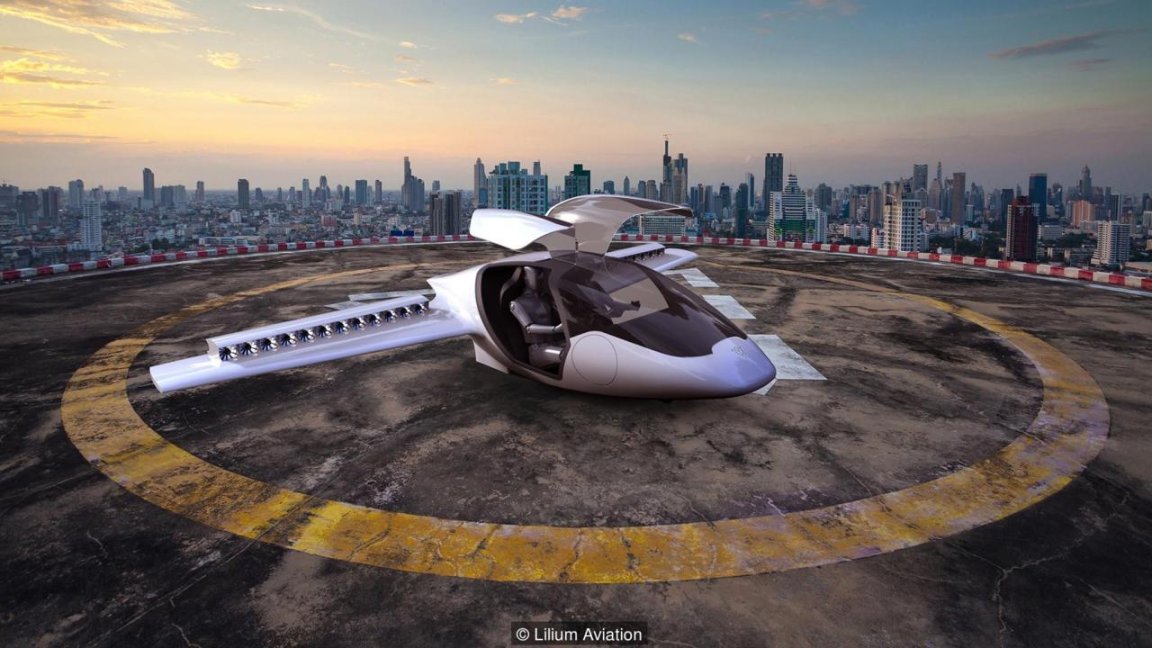
Pumping Money Into Flying Cars
Flying cars might not have the most beautiful exteriors, nor are they the safest form of transportation, but for Atomico, a European venture firm, that doesn’t matter. They’re betting flying cars will take-off, not only literally but financially as well.
It’s faith in this technology that has the venture firm investing 10 million euros in Lilium Aviation, a start-up aviation company that plans on bringing flying cars into reality.
The company’s current prototype is the forth in a line of attempts. It boasts a lightweight frame that has a take-off weight of around 600 kilograms with a maximum payload of 200 kilograms. It’s able to fly by using VTOL technology, which is also seen in some military fighter jets.
Instead of giant engines though, the flying car is able to lift-off vertically using 36 “directable, ducted electric fans.” The vehicle is able to achieve flight by slowly turning the fans horizontally, with the wings and the fuselage generating aerodynamic lift. It has a maximum speed of 250 to 300 km/h (160 to 190 mph).

Bringing Flying Cars to Consumers
The flying car industry may not be taking off in the near future, what with several challenges standing in its way, including regulation issues and safety concerns. Lilium is confident however: “we looked into, when we designed the plane, that we can certify the plane with existing legislation,” says Daniel Wiegand from Lilium Aviation in TechCrunch.
It also has not stopped several other companies that are planning to bring flying cars to the market. Chinese company eHang has already unveiled a drone that can transport passengers. Other companies like Aeromobil and Terrafugia have opted for a more conventional flying car design – slapping wings onto an aerodynamic car/fuselage on wheels.
Whatever the best approach, flying cars are getting a lot of attention from investors that see their potential to reshape the future of transport. Who knows, traffic might become a thing of the past, as Lilium claims.